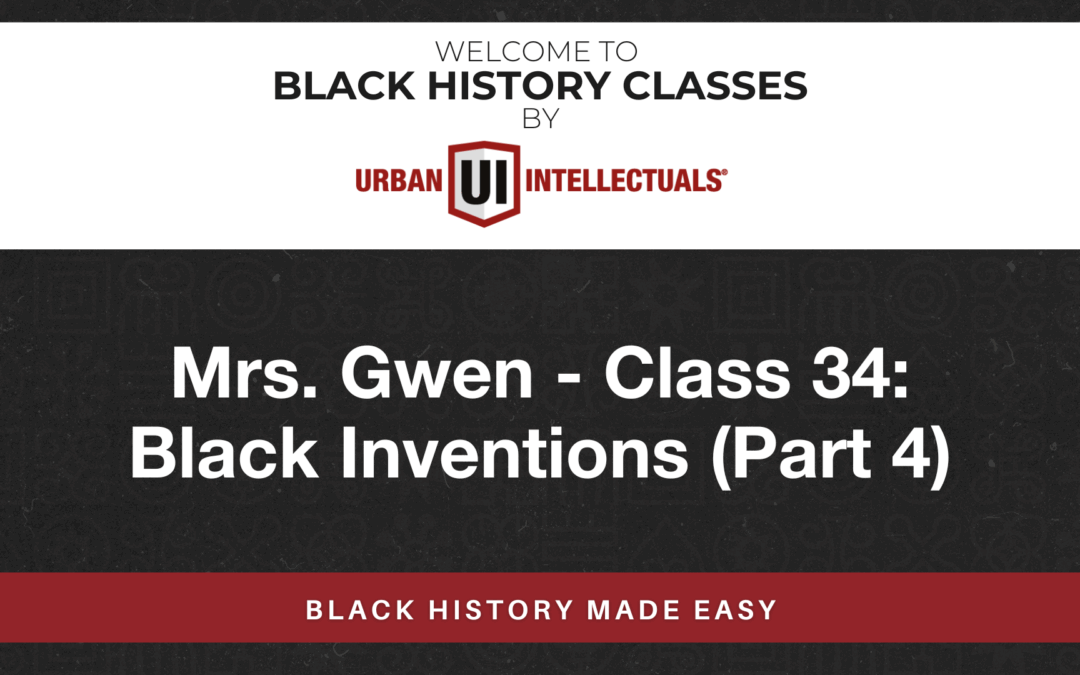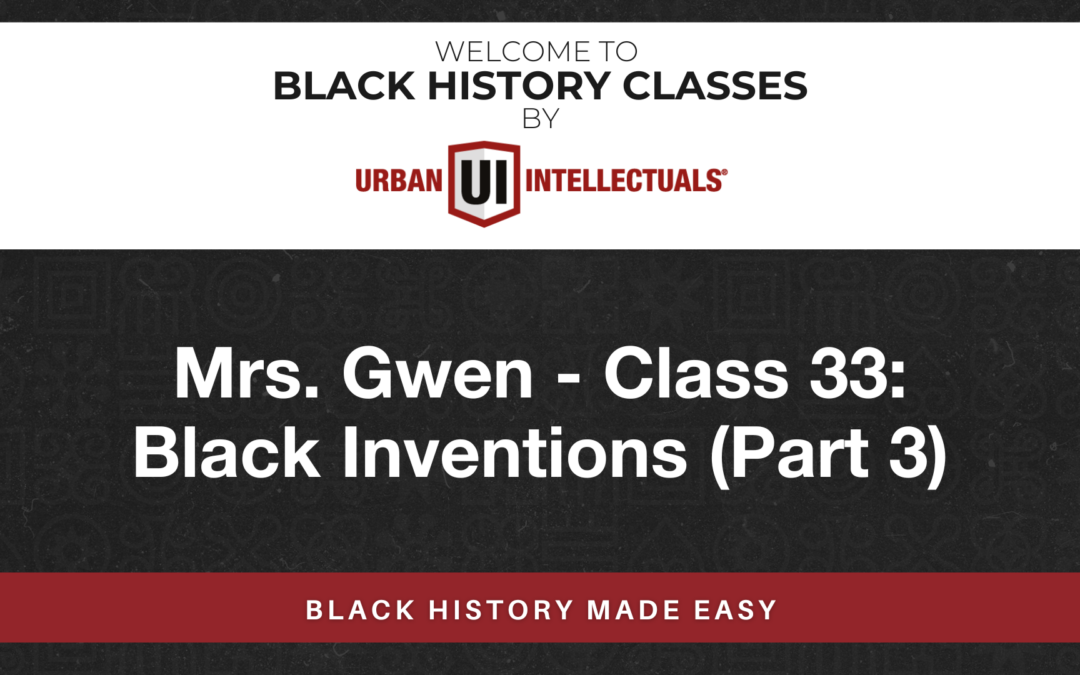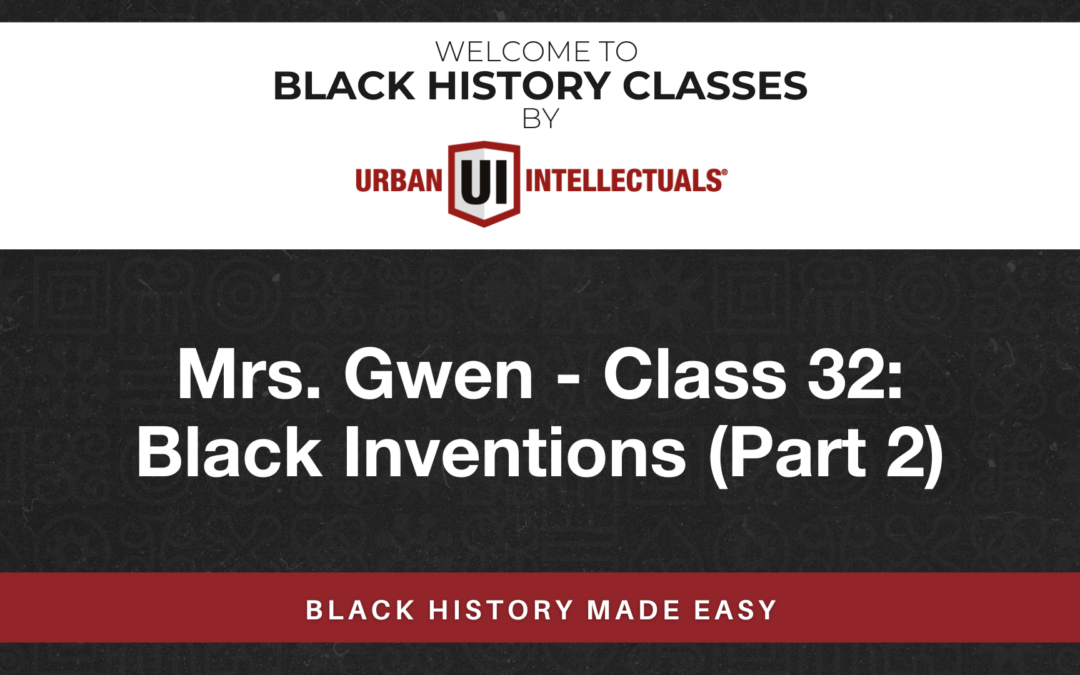The incident in the Drexel Building on May 30, 1921, involved a young Black man named **Dick Rowland** and a young white elevator operator named **Sarah Page. While the exact details of what happened remain unclear, it was reported that Rowland stepped on Page’s foot, causing her to scream. Rowland fled the scene, and the police were called.
The next day, Rowland was arrested, and rumors spread through the white community that he had assaulted Page. An inflammatory article in the Tulsa Tribune further escalated tensions, leading to a confrontation between armed Black and white mobs. This confrontation eventually led to the **Tulsa Race Massacre**, one of the worst incidents of racial violence in U.S. history.
It’s a tragic part of history that highlights the deep racial tensions of the time.
Black soldiers did try to protect Dick Rowland when he was in jail. On the evening of May 31, 1921, about **25 Black men**, some of whom were in military uniforms, arrived at the Tulsa courthouse jail to prevent a group of at least 300 white men from lynching Rowland. The sheriff assured the Black men that no lynching would take place, and they eventually left the scene. However, the presence of armed Black men, including those in uniform, further infuriated the white mob, which led to the escalation of violence.
It’s a powerful example of the bravery and determination of Black Tulsans to protect their community during such a volatile time. If you have more questions or want to know more about the events that followed, feel free to ask.
The incident at the jail that sparked the Tulsa Race Massacre began on the evening of May 31, 1921. Around 9 p.m., a group of about **25 armed Black men**, including World War I veterans, arrived at the Tulsa courthouse to offer help guarding Dick Rowland. The sheriff assured them that he had the situation under control and persuaded them to leave
However, the presence of armed Black men, some in military uniforms, infuriated the white mob that had gathered outside the jail. As tensions escalated, a white man and a Black man got into a scuffle over a pistol, and a shot was fired. This triggered chaos as sporadic gun battles broke out across downtown Tulsa.
The violence quickly spread, and the white mob began attacking Black residents and businesses in the Greenwood District, leading to the devastating massacre.
During the Tulsa Race Massacre, the **Greenwood District**, also known as “Black Wall Street,” was devastated. Over **35 city blocks** were destroyed, including **homes, businesses, churches, schools, and municipal buildings**. The violence and arson left the once-thriving African American community in ruins
It’s a heartbreaking chapter in history, but it’s important to remember and learn from it. If you have more questions or want to know about the aftermath, feel free to ask.
The **Vernon African Methodist Episcopal (AME) Church** in the Greenwood District was newly built at the time of the Tulsa Race Massacre. It has been dedicated in April of 1921. Unfortunately, the church was **severely damaged** during the violence. The superstructure, parsonage, and sanctuary, which were still under construction, were destroyed by the white mob However, the basement of the church remained intact and became a symbol of resilience and perseverance.
The congregation rebuilt the church, and the current sanctuary was completed in 1925. Today, Vernon AME Church stands as the only surviving Black-owned structure from the Historic Black Wall Street era.
It’s a testament to the strength and determination of the Black community in Tulsa.
Dr. **A.C. Jackson**, a prominent African American surgeon and a leading member of the Greenwood community, was tragically killed during the Tulsa Race Massacre. On the night of May 31, 1921, Dr. Jackson was attempting to surrender to the authorities when he was intercepted by a group of armed white men. Despite raising his hands and stating, “Here am I. I want to go with you,” he was shot multiple times. He bled to death from his wounds at the Convention Hall.
Dr. Jackson was highly respected in the medical community and was considered one of the most able African American surgeons in America). His death was a significant loss to both the medical field and the Greenwood community.
It’s a heartbreaking story that underscores the brutality of the massacre. If you have more questions or want to know about other aspects of the massacre, feel free to ask.
Greenwood was rebuilt after the Tulsa Race Massacre. The resilient residents of Greenwood began rebuilding their community almost immediately after the destruction. By December 1921, many homes and businesses were already being reconstructed. The community’s determination and hard work led to a period of prosperity in the 1930s and 1940s, with Greenwood once again becoming a thriving hub of Black-owned businesses and cultural life.
However, the neighborhood faced further challenges in the 1960s due to urban renewal projects and the construction of federal highways, which disrupted the area and led to a second decline. Despite these obstacles, the legacy of Greenwood and its resilience continues to be remembered and honored today.
It’s a testament to the strength and perseverance of the Black community in Tulsa. If you have more questions or want to know about the current state of Greenwood, feel free to ask.











